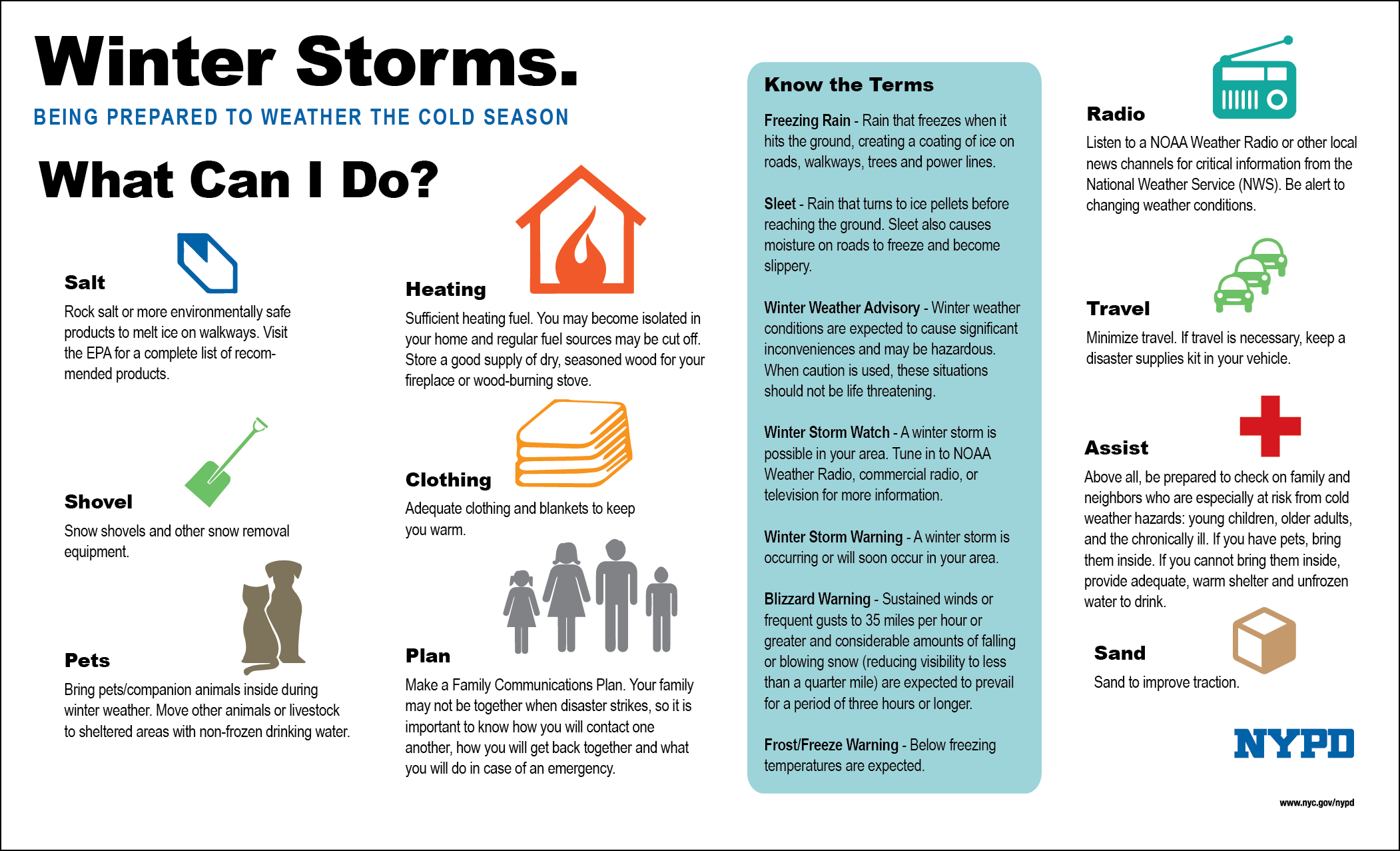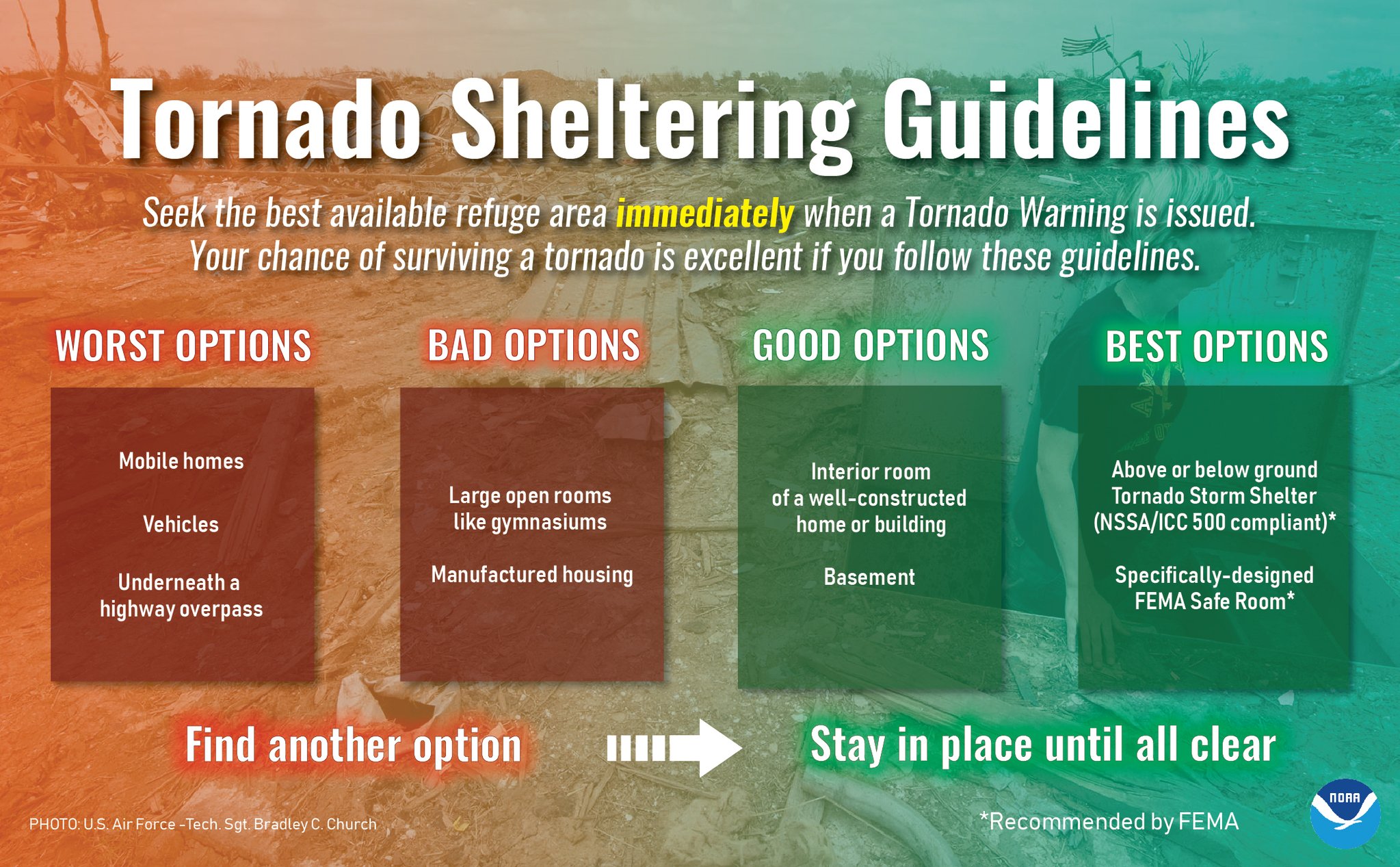Weather Warnings: Stay Informed And Stay Safe In Ireland are essential for protecting yourself and your loved ones from the dangers of severe weather.
Editor's Note: The Weather Warnings: Stay Informed And Stay Safe In Ireland was published on [Date]. This topic will help you become more weather aware and help you take steps to stay safe.
We have spent many hours analyzing, researching, and comparing Weather Warnings: Stay Informed And Stay Safe In Ireland, using our findings to put together this guide to help you make the right decision.
Key Differences
| Type of Weather Warning | What it Means | What to Do |
|---|---|---|
| Status Yellow | Be Aware | Stay informed about the weather forecast and be prepared to take action if necessary. |
| Status Orange | Be Prepared | Take action to protect yourself and your property. Be ready to evacuate if necessary. |
| Status Red | Take Action | Take immediate action to protect yourself and your property. Evacuate if necessary. |
Transition to Main Article
FAQ
Stay informed and prepared for Ireland's unpredictable weather conditions with these frequently asked questions.

Met Office Snow Weather Warnings: Stay Informed And Safe During Winter - Source info.d161cletzhyl9w.amplifyapp.com
Question 1: When are weather warnings issued?
Weather warnings are issued when severe weather conditions are expected that could pose a risk to life or property, such as storms, heavy rainfall, snow, ice, and fog.
Question 2: Where can I find the latest weather warnings?
The most up-to-date weather warnings can be found on the Met Éireann website and its mobile app.
Question 3: What should I do when a weather warning is issued?
Follow the instructions provided in the warning, including: taking shelter, securing loose objects, and avoiding unnecessary travel.
Question 4: Are weather warnings always accurate?
While weather forecasts and warnings are generally accurate, there is always some uncertainty in predicting future weather conditions.
Question 5: What is the difference between a yellow, orange, and red weather warning?
Yellow: be aware, orange: be prepared, and red: take action. The severity of the warning corresponds to the potential impact of the weather event.
Question 6: What are some tips for staying safe during severe weather?
Stay indoors during heavy storms, avoid flood-prone areas, secure outdoor furniture, and have an emergency plan in place.
Remember, the primary purpose of weather warnings is to inform and protect the public. By staying informed and taking appropriate precautions, you can minimize the risks associated with severe weather.
For more information on weather warnings, visit the Met Éireann website.
Tips
To stay safe during severe weather, it is essential to stay informed about weather warnings and take appropriate precautions. Weather Warnings: Stay Informed And Stay Safe In Ireland provides valuable advice on how to do this effectively.
Tip 1: Monitor Weather Forecasts and Warnings
Keep an eye on official weather forecasts and warnings issued by reputable sources like Met Éireann. These sources provide timely and accurate information on expected weather conditions, including potential hazards like storms, floods, and heatwaves.
Tip 2: Use Weather Apps and Alerts
Download weather apps and enable push notifications to receive real-time updates on severe weather events. Choose apps that offer personalized alerts based on your location and preferences.
Tip 3: Stay Informed Through Local Media
Tune in to local radio and television stations for up-to-date weather information. They often provide detailed reports on weather conditions, road closures, and other safety updates relevant to your area.
Tip 4: Check Weather Warnings for Specific Locations
When planning outdoor activities or traveling, check weather warnings for specific locations. This helps you anticipate potential hazards and make informed decisions about your itinerary.
Tip 5: Heed Weather Warnings Seriously
Take weather warnings seriously and follow the advice provided by authorities. If advised to seek shelter indoors, do so promptly. Avoid driving or walking through flooded areas, and stay away from downed power lines.
Summary:
By following these tips, you can stay informed about severe weather and take necessary precautions to ensure your safety and well-being.
Weather Warnings: Stay Informed And Stay Safe In Ireland
Navigating Ireland's unpredictable weather requires staying informed and implementing safety measures. Here are six key aspects to consider for effective weather warning management:
- Types: Understanding the various warning types (e.g., wind, rain, snow) is crucial.
- Timeliness: Responding promptly to warnings ensures timely action and preparedness.
- Accuracy: Relying on accurate and reliable weather forecasting services is essential.
- Dissemination: Efficient warning dissemination channels (e.g., media, mobile alerts) enhance awareness.
- Response: Having a plan for appropriate response measures based on warning levels is vital.
- Education: Public education campaigns promote weather literacy and encourage responsible actions.
Effective weather warning management requires attention to these aspects. By staying informed about weather updates, heeding warnings promptly, and implementing appropriate response measures, individuals can enhance their safety and mitigate the risks associated with Ireland's diverse weather conditions.
Met Office Snow Weather Warnings: Stay Informed And Safe During Winter - Source info.d161cletzhyl9w.amplifyapp.com
Weather Warnings: Stay Informed And Stay Safe In Ireland
Every year, Ireland experiences a variety of weather conditions, from mild and sunny days to severe storms and flooding. It is important to be aware of the potential hazards and to take steps to stay safe. In this article, we will discuss the different types of weather warnings that are issued in Ireland and how to stay informed about them.

Severe Weather Awareness - Tornado Safety - Source www.weather.gov
There are three main types of weather warnings issued in Ireland: Status Yellow, Status Orange, and Status Red. Status Yellow warnings are issued when there is a risk of severe weather, such as heavy rain, snow, or wind. Status Orange warnings are issued when there is a higher risk of severe weather, and people should be prepared to take action to stay safe. Status Red warnings are issued when there is a very high risk of severe weather, and people should take immediate action to protect themselves and their property.
It is important to stay informed about weather warnings so that you can take steps to stay safe. There are a number of ways to do this, including:
- Checking the Met Éireann website or app
- Listening to the radio or watching the television for weather updates
- Following Met Éireann on social media
- Signing up for weather alerts from your local authority
If you are caught in severe weather, there are a number of things you can do to stay safe:
- Stay indoors and away from windows
- If you must go outside, wear warm clothing and avoid walking through flooded areas
- Do not drive unless absolutely necessary
- Be aware of the risk of lightning and seek shelter if you hear thunder
Conclusion
Weather warnings are an important way to stay informed about potential hazards and to take steps to stay safe. By understanding the different types of warnings and how to stay informed about them, you can help to protect yourself and your loved ones from severe weather.
Remember, it is always better to be over-prepared than under-prepared. So, take the time to learn about weather warnings and how to stay safe in severe weather.
